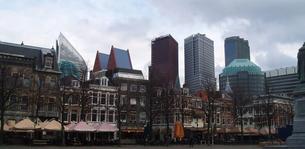 Hague skyline including the 'Lemon Press' & 'The Tits'!
Hague skyline including the 'Lemon Press' & 'The Tits'! February must be one of the least favourable times to show off most locations, but local guide Remco Dorr did a great job in communicating his affection for his home town. On the subject of guides: a qualified guide is really worth his or her hire in my opinion – you benefit from all kinds of interesting nuggets of knowledge as you sail past sights that might otherwise have gone unnoticed. I find audio-guides overwhelming, just too much information (the only exception, I’ve found so far, being the one at the Palace of Versailles, where it perfectly times your walk through the rooms). I’d much rather hear anecdotal stories from a walking talking guide.
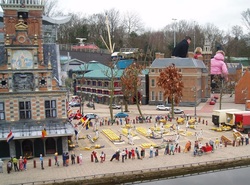 Model of the Cheese Market, Alkmaar
Model of the Cheese Market, Alkmaar 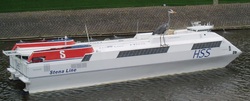 Local stork boards Stena Line ferry!
Local stork boards Stena Line ferry! 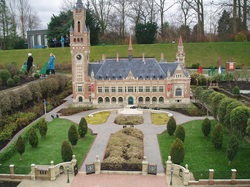 Model of the Peace Palace
Model of the Peace Palace 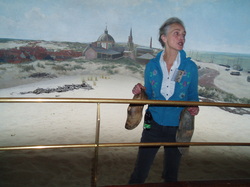 Guide at the Panorama explains perspective
Guide at the Panorama explains perspective If you were planning a stroll along the promenade at Scheveningen (we spotted ships on the horizon, ready to enter the container port of Rotterdam, our guide Remco pointed out that they wait out at sea until the prices for their cargoes are most favourable), you might like to follow your walk with a visit to the Kurhaus for an elegant afternoon tea under its spectacular domed ceiling. The hotel was built on the former site of the first wooden bathing house, and hosted some famous concert artists in its glory days including Bing Crosby, Vladimir Horowitz, Duke Ellington, Edith Piaf, Maria Callas, Marlene Dietrich and the Rolling Stones.
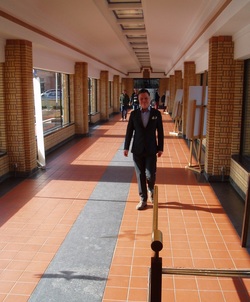 Remco Dorr at the Gemeente Museum
Remco Dorr at the Gemeente Museum 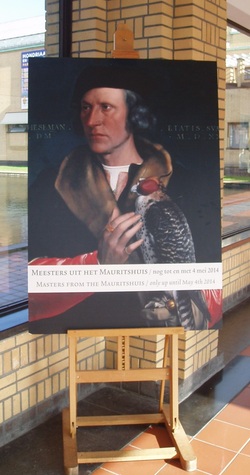
Lastly, we visited the Escher Museum, particularly exciting for me as I’ve been a huge fan of Escher for many years. It was fantastic to see so many of his original works in one place, and the experience was heightened by the setting in a beautiful old Royal Palace. Its enthusiastic director has taken steps to make the most of this – as you go through the museum you are also informed about the former residential use of each room, and a series of stunning chandeliers which were commissioned from Rotterdam artist Hans Van Bentem. The third floor is dedicated to the optical illusion aspects of Escher’s works and there are some fun interactive exhibits for younger visitors.
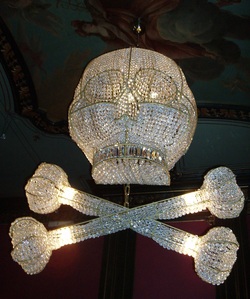 Chandelier at MC Escher in Het Paleis
Chandelier at MC Escher in Het Paleis I certainly hope to visit The Hague again. We heard a lot about the sharp division between the ‘posh’ side of town and the other side of the tracks, and being generally more interested in dustbinmen than duchesses, I’d love to explore some its working-class history and culture, especially its Jewish heritage.
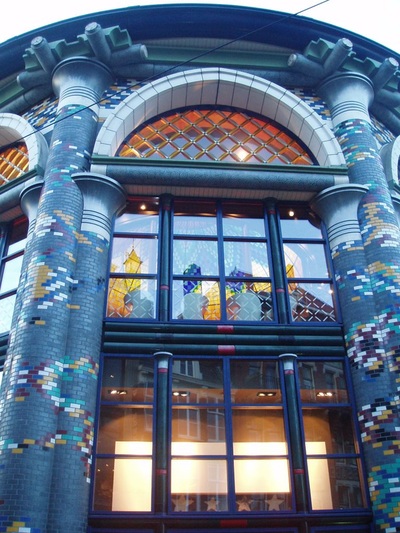
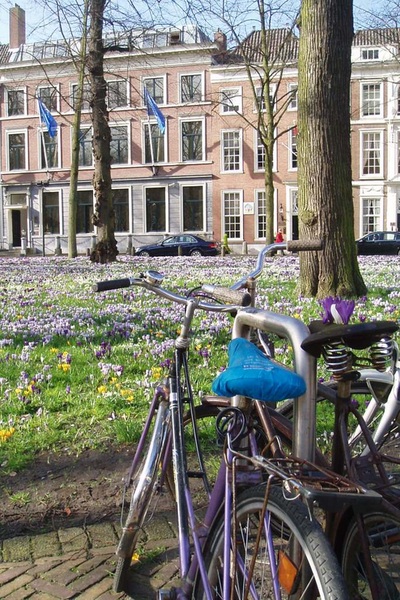
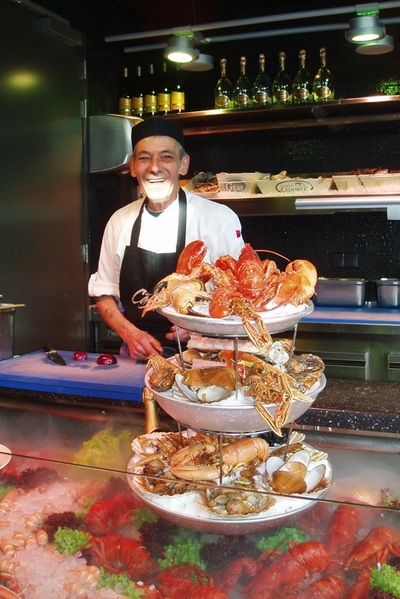
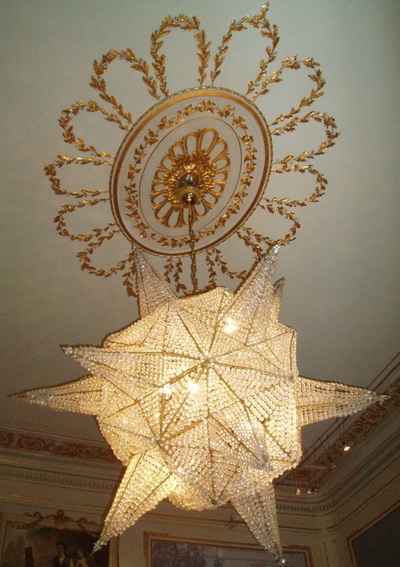
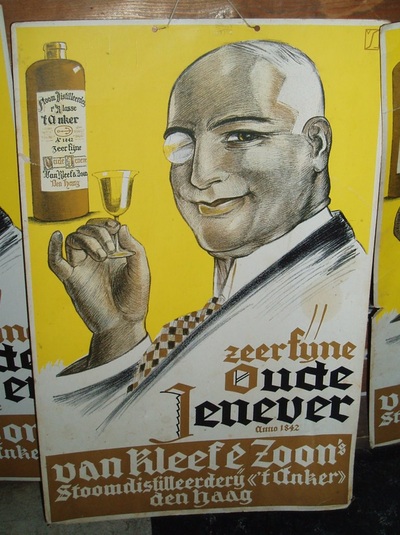
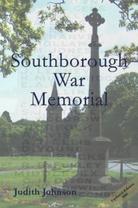
 RSS Feed
RSS Feed
